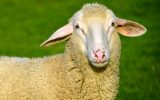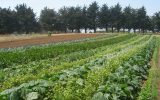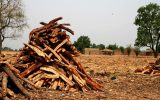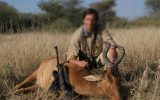The foot and mouth disease which started in the two Kavango regions was detected last year (2020) September. The northern regions were later affected, as some farmers were smuggling cattle into the region from affected areas. Since then, the last positive case was detected in Kavango West on the 20th January 2021.
In the fight to curb and contain the disease, the Ministry of Agriculture Water and Land Reform rolled out a vaccination campaign response. A number of animals have been vaccinated in accordance to the availability of the vaccines. According to the MAWLR, a number of animals has been vaccinated once and twice in the regions. The process is ongoing until all animals in the northern communal areas are vaccinated.
The Ministry has revealed that the process will repeat until all cattle are vaccinated twice for maximum protection against FMD virus. So far, it have been recorded that more than 280 328 cattle has been vaccinated against the FMD outbreak. Kavango West, Oshikoto, Oshana, Omusati, Kavango East and Kunene North are among the regions with most of the cattle that are vaccinated.
In regard to the locust outbreak that occurred in Zambezi, the ministry has deployed technical officials to work closely with farmers. In conjunction with farmers, the technical officials are also to embark on a spraying program aimed to contain the pests.
According to the Ministry, a number of measures were also put in place to curb the locusts. Measures includes, the surveillance which was carried out to ensure early detections. The ministry further procured spraying equipment to be used in their operations. Farmers together with stakeholders have also been trained on identification of the pests.
The ministry has also received reports about the armoured bush cricket in Omusati region. The ministry advised farmers to hand-pick the crickets and burn them. Farmers are discouraged from using the pesticides, because they can be harmful and dangerous.




















